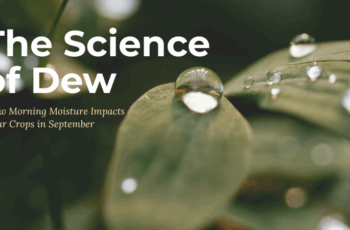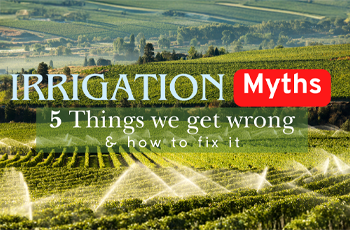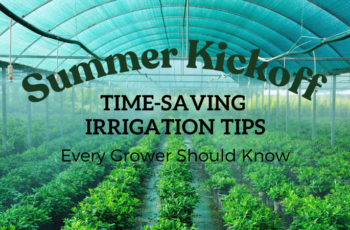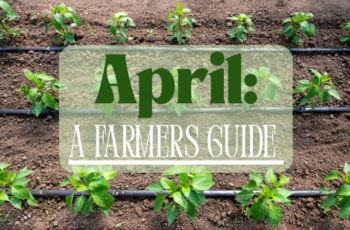This fall, the scariest thing hiding in your fields isn’t Halloween decorations, it’s what’s happening below the surface of your soil. As autumn sets in, Lee Rain wants to remind growers that soil care doesn’t stop when the temperatures drop. Ignoring it now can come back to haunt your fields next spring.
In this article, we’ll uncover the hidden dangers of dry soil, why fall moisture management still matters, the creeping threat of soil compaction, and the tools you can use to protect your soil for the upcoming year.
The Hidden Dangers of Dry Soil
September mornings can be deceiving. Heavy dew may glisten across the fields, giving the illusion that soil is plenty moist. (Check out our September article, The Science Behind Dew, for more on why this happens.)
But here’s the reality: surface moisture from dew doesn’t replace consistent soil hydration. Dry or compacted soil can suffocate roots, limit nutrient uptake, and ...










